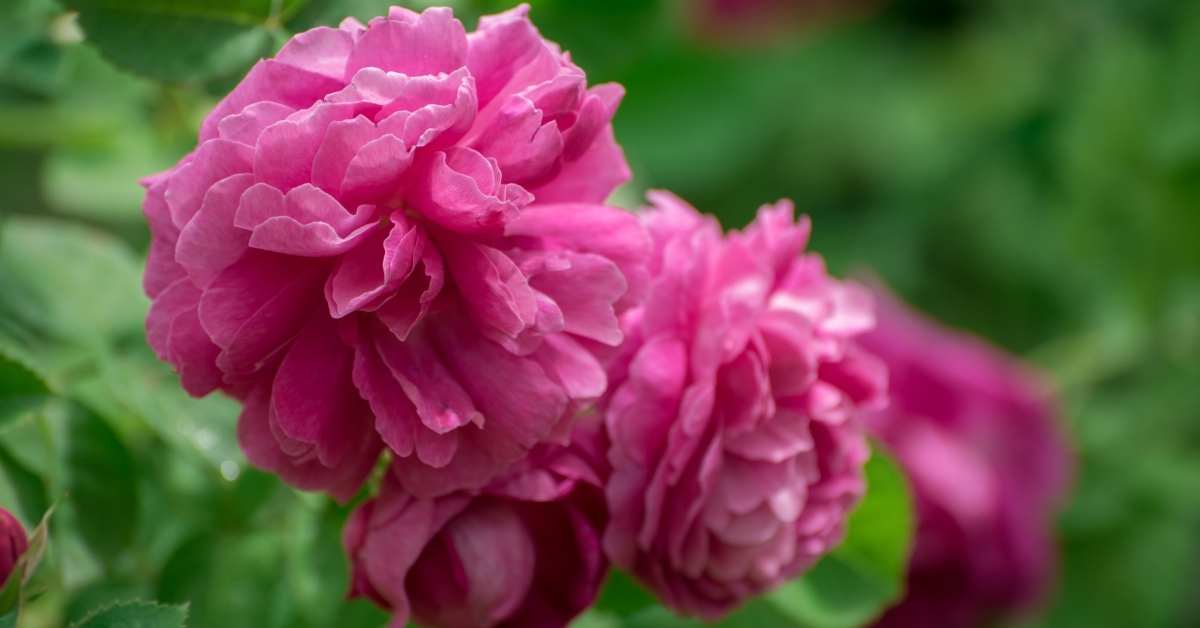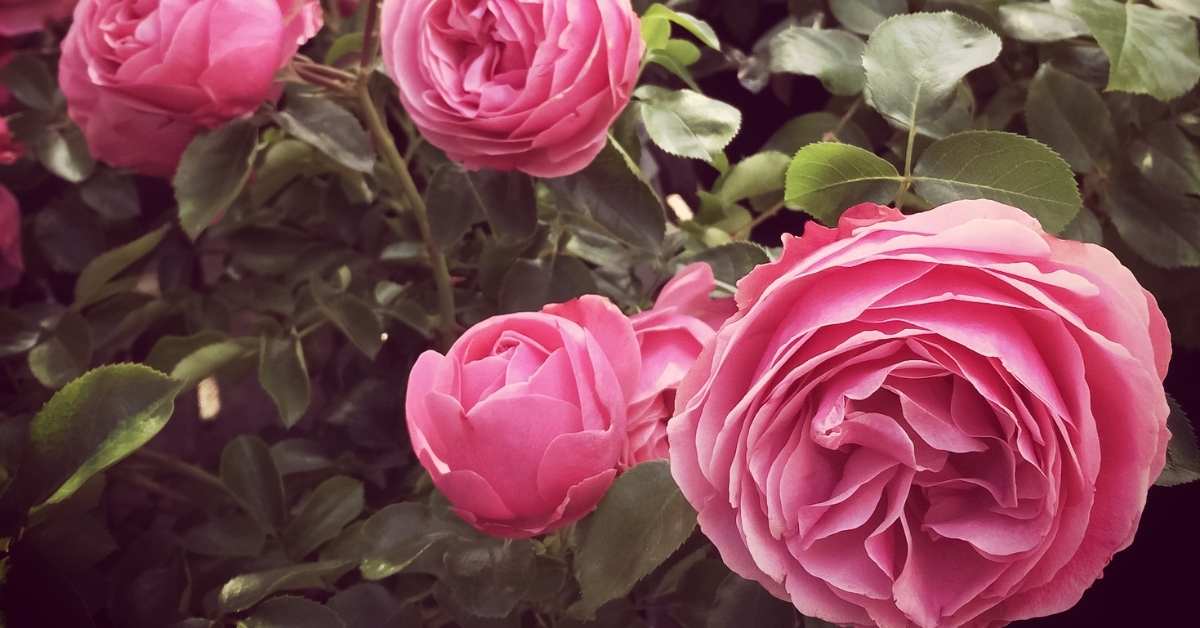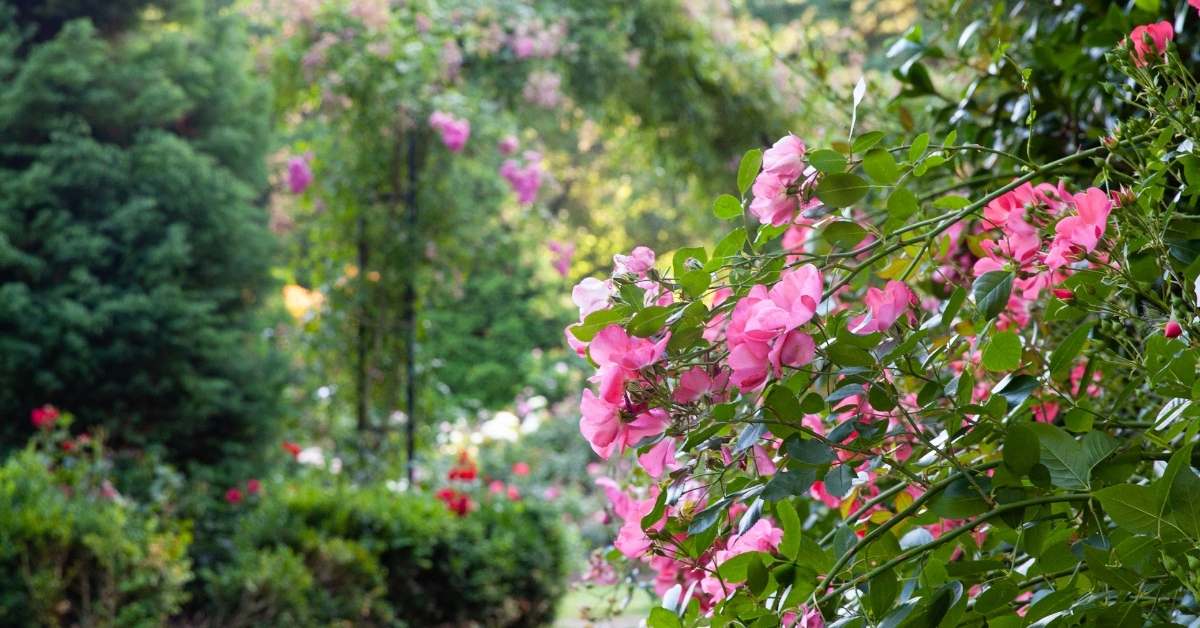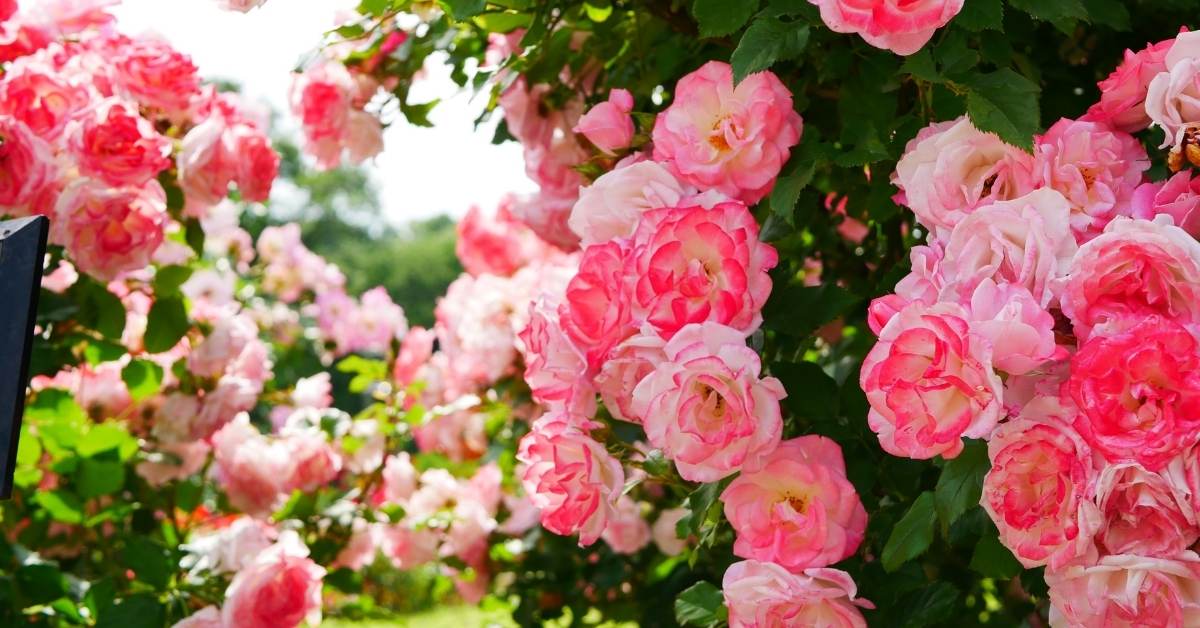When one thinks of an antique, a rose might not immediately come to mind. But antique roses have been around for centuries. Shakespeare used the word ‘eglantine’ when speaking of the rose in his sonnets and plays. Eglantine is described in the dictionary as a European rose with sweet-scented leaves and pink flowers.
Where to buy antique roses?
If you aren’t familiar with the word ’emporium,’ it means a large store with a wide variety of things for sale. There are antique rose emporiums to delight rose growers. You can buy an antique rose already rooted from a rose emporium.
One option in antique roses is called the Mannerly Climbers. If you have a trellis or pillars by your porch or doorway, Mannerly Climbers are an excellent choice. When these roses begin to grow around the pillar or trellis, your home will look absolutely gorgeous.
Antique Rose Emporium has dozens of climbers from which to choose. It is easy for you to have the colors and sizes you like the most.
A second option is a container rose. This is a good choice if you have limited space. If you have adequate space for containers that are between sixteen and twenty inches in diameter, you can have your very own roses at home.
You will be delighted to see the large selection of antique container roses. Your only problem may be choosing only one or two from the extensive list. Regardless of your color and style preferences, there is at least one to suit your tastes.

How does one prepare to grow an antique?
First, choose an area that allows for several hours of morning sunlight. It is best to give the plant room for healthy air movement as the bush will grow and develop. Break the soil well; a tiller is helpful should you desire to plant many plants in one area.
It’s better to have rich soil in which to grow your antique. The antique will do better if you add good quality organic material and if the soil has proper drainage.
When does one prepare the area for planting the antique? It’s best to prepare in the spring or summer if you live in a southern climate. When you are new to planting, it is an easy assumption that all planting should be done in the spring.
You might like to see this: Best floribunda roses you can pick today
But it depends on the climate of the area where you live. If you are buying seeds, there are usually helpful maps on the back of the seed packets to use as a guide. If you’re purchasing from a nursery, be sure to ask. Of course, you could always try looking it up online or going to the local library, or enlisting the advice of an established gardener.
How long can you keep an antique in a container before planting outdoors? If needed, you can keep an antique in a container for several months. You’ll want to give them more attention than once you get them established outdoors. Remember to fertilize and water frequently—and don’t forget proper drainage and airflow around the plants!
Should you add mulch to your antique roses?
A true-blue gardener would gasp at the neglect to add mulch! It cuts down on weeds. This may seem strange since it aids the growth of one type of plant and inhibits the growth of another. Mulching also means less stress to your roots from the heat.

How often do you need to water an antique?
It helps to deep-soak your antique once a week—that means saturating the ground in which you have planted your rose. Several hours or overnight should do the trick. This is where it is extremely helpful to have a soaker hose for soaking more than one plant at once.
An antique rose is not disease-free, but it is disease-resistant. It’s still important to watch for insect or other damages. Should you spray, it is preferable to use a mild fungicide. If in doubt, read the labels on the product carefully. Prune your antique lightly and respectfully. It won’t bloom well if the new growth has to endure damage from heat or frost.

